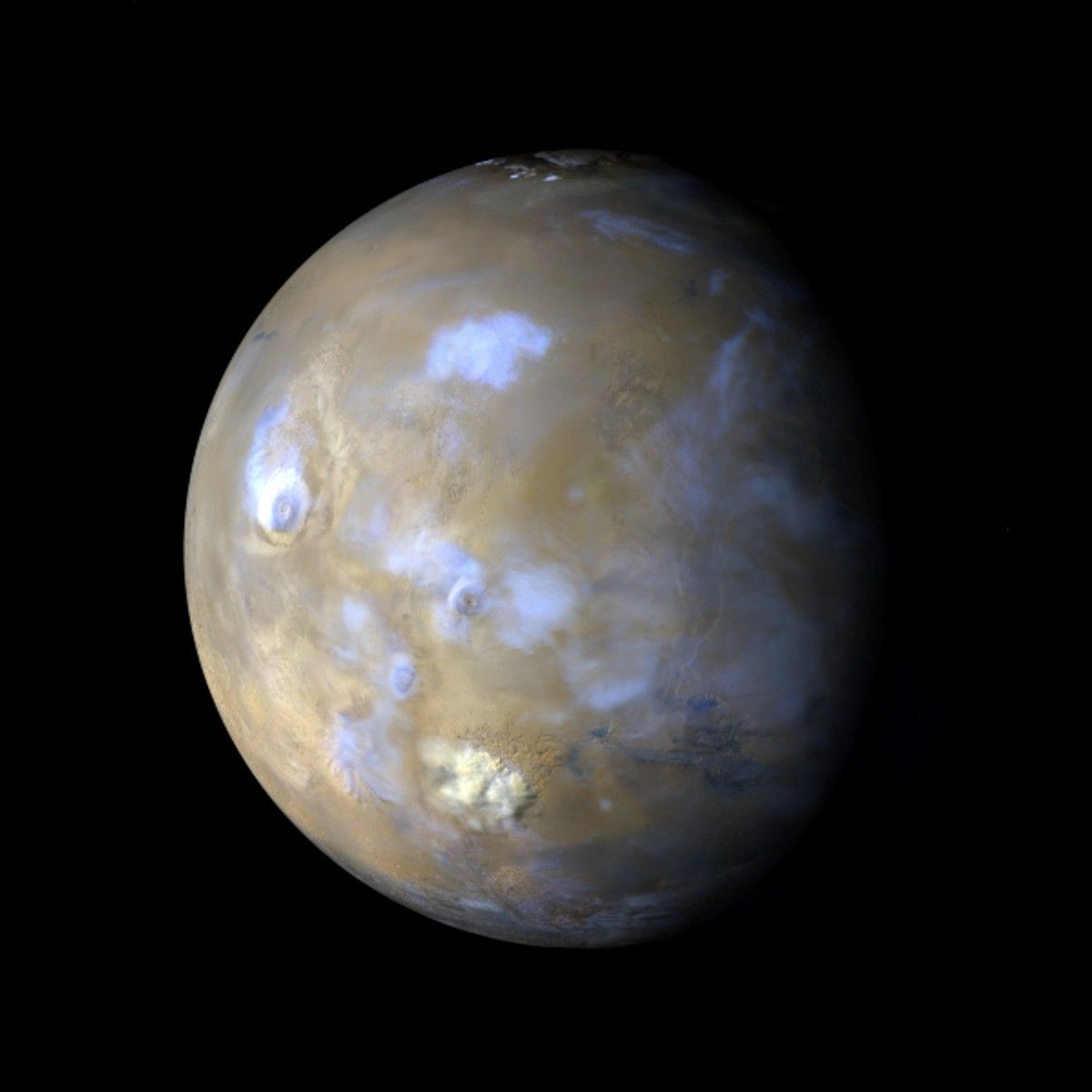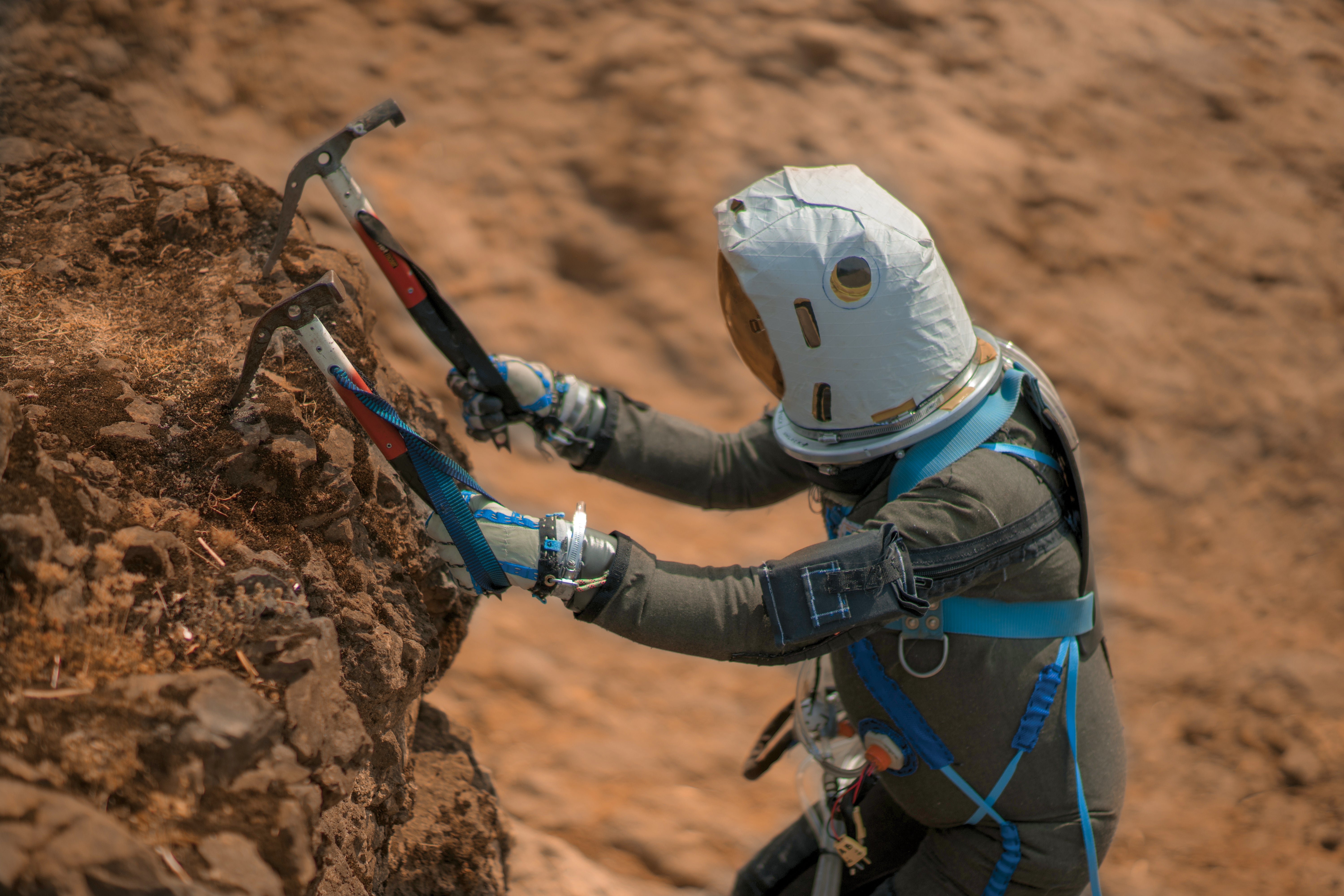High definition video transmission using lasers
Altruism
Life on Mars will be a positive sum game.
Martian Weather
Somewhere under those clouds, my characters live. I’m not quite sure where yet.
Thank You, Dr. Hawking
https://www.instagram.com/p/BgTIh8Mg8R2/
We Really Should
“If you have it in your power to do something great and important and wonderful then you should.” (at 3:08)
Rock Climbing on Mars
BFR
BFR flights in early 2019?!
Insurance
“We’re talking about an insurance policy—a backup plan in case something does happen to the Earth. I once talked to Carl Sagan about this, who said, “We live in the middle of a shooting gallery with thousands of asteroids in our path that we haven’t even discovered yet. So, let’s be at least a two-planet species, as a backup plan.””
Women First
Let’s make it Interplanetary Women’s Day!
Intelligent Life
Not directly relevant to Mars or children’s books about Mars, but this got me staring at the wall and thinking for a while.
In all likelihood, the shortest psst’s never got off their planet.





